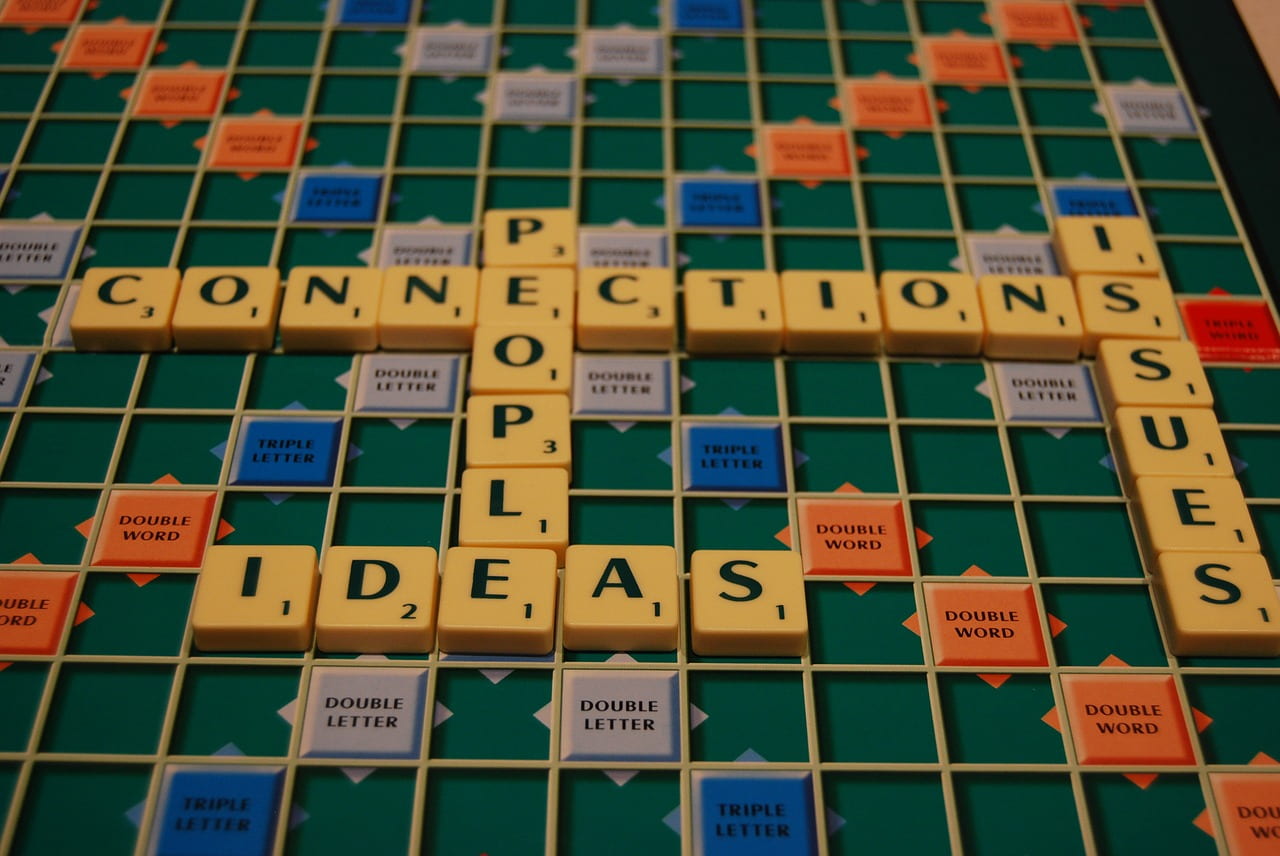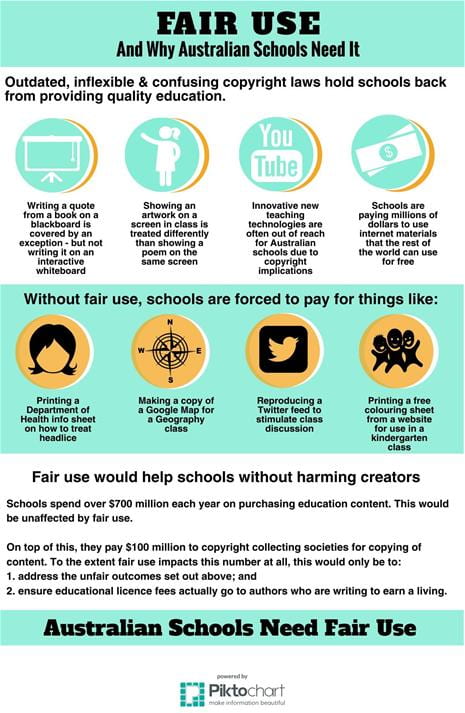
Digital Learning Environments (DLE) and digital citizenship implementation have a few issues and dilemmas that must be considered by teacher librarians, and all educational stakeholders:
- Lack of growth mindset: Educators are often reluctant to change. We expect students to have an open mind to proactively embrace new things and attempt to connect to personal learning networks – and recognise that, generally, failure is a part of learning. We expect 21st century learners to be quick to learn and be resilient, yet we ourselves are sometimes close minded, reactive, afraid to fail, and stuck in ruts and ‘old’ methods or tools – as teacher librarians, we must lead in professional reflection, respond to needs and initiate change, particularly in terms of individualising learning plans and environments and recognising that the ways students access information is much different than what it once was (Cooke, 2012).
- Communication via DLE is different: We must tailor the methods and means by which we communicate to ensure that we are understood and authentic. Communication in an DLE is different to face to face communication in terms of turn taking, online digital footprints or identities may not be authentic, the level of commitment or willingness to behave ethically vary understanding and clarity can be varied or blurred, and community expectations are different (Cooke, 2012).
- Lack of thought into quality control: While there are several methods for measuring teacher quality in recent times, there is no official one way to measure the quality of DLE Digital citizenship lessons or teacher / teacher librarian quality (Cooke, 2012). (NOTE: In fact, 21st century learning skills are themselves very difficult to assess and measure in students. We need to find or design one agreed way of measuring quality teaching!)
- Varied degrees of self-regulation, motivation, & overwhelmed, or distracted students: DLE education is often asynchronous or self directed (Cooke, 2012) relying on a student’s ability to self-regulate and motivate. This is sometimes problematic, not only because of individual student ability levels but also because the DLE can be overwhelming, or a place of distraction or ambiguity (see #14).
- Lack of a fluid community of practice or PLNs: Wenger (p.2, 1998, in Cooke 2012) specifies 3 dimensions of a community of practice: 1. they are joint enterprises, created and maintained by their members, 2. they feature mutual engagement with all members joining to form a social entity, and 3. members have a shared store of resources and sensibilities that have been communally developed. However, Wenger (p.6, 1998, in Cooke 2012) does caution that communities of practice should take care not to become insular, rather they should attempt to remain ‘dynamic and fluid.’ (NOTE: I have discussed the concept of a community of practice at length in other blog posts: 1 or 2– see tags also).
- Content at the cost of engagement and application: Stagnant, repetitive, standardised education, subjects and content are still taught in isolation from each other. Memorising facts and clerical tasks are still, despite being the 21st century, generally considered more important than engaging lessons that link to or apply to real life situations – students should be learning by doing rather than by being told (Wheeler, 2015). (NOTE: Would you rather be treated by a ‘doctor’ who learned medicine by reading about it or would you rather be treated by a doctor who has actual experience treating patients?)
- Critical thought is not taught or supported: Inquiry learning and learning through questioning is still not the preferred method of teaching, ill-preparing students for their ‘why’ and ‘how to’ (rather than ‘what’) futures (Wheeler, 2015). “Critical thinking, flexibility, working collaboratively, and creative problem solving are all key components for success in changing environments. But ‘knowing that’ and ‘knowing how’ will not be enough. Students also need to know why” (Wheeler, 2015, Ch.6, p.9).
- Educators have all the say: According to Wheeler (2015), instead of taking a ‘flipped classroom’ approach where learning is student led, the majority of educators are still deciding the curriculum and delivery of the content, delivering lessons with one way dialogue and lack of conversation. This means that students can become disengaged, disconnected and disempowered from their own learning (Wheeler, 2015). It is crucial that we design engaging lessons and topics and use varied learning approaches in order to promote the ability in students to generate their own ideas and voices (rather than copying the voices of others) (Williamson & McGregor 2011). (NOTE: How many of us consider ourselves facilitators of student learning? I myself have it in my teaching and learning philosophy…Time to put this into action!)
- Lack of digital literacy: as per my previous blog post on Information Literacy and Inquiry Based Teaching: ‘According to the ALA, (2016) we must help our students become information literate individuals who can: “determine the extent of information needed; access the needed information effectively and efficiently; evaluate information and its sources critically; incorporate selected information into one’s knowledge base; use information effectively to accomplish a specific purpose; and understand the economic, legal, and social issues surrounding the use of information, and access and use information ethically and legally” (ALA 2016). This is expanded into Digital Literacy by Stripling (2010) who writes: “Digital literacy, itself, is not enough preparation, however, for our students to thrive in today’s global, information-driven world. Students must also acquire the skills of digital inquiry: connecting ideas to personal interests and a desire to know, asking questions that probe beyond simple fact gathering, investigating answers from multiple perspectives, constructing new understandings, expressing the new ideas through a variety of formats, and reflecting on both the process and product of learning” (p16).
- Constantly evolving trans-literacy (multi-literate) expectations: educators must be able to prepare students to evaluate, access and effectively, ethically and legally utilise a variety of resources and tools across a variety of platforms (Preble, 2013; Wheeler, 2015, p.175).
- The digital divide (as discussed in my previous blog post): the digital divide is closely related to Socio-Economic Status and is not just a lack of access to technological devices or internet, but it is also a lack of the ability to utilise technology, inability to produce content, and/or the lack of the ability to apply digital information and skills to real life applications (Jenkins, Clinton, Purushotma, Robison & Weigel, 2006; & Schradie, 2013). (NOTE: this is something imperative for educators to be reflecting upon NOW during this COVID-19 crisis: the digital divide is real and it has an impact on our students whether they are in lockdown or not! Schools MUST CREATE A PLAN for access to and for digital literacy for all students).
- Confusion, panic and lack of policy regarding intellectual property, copyright, fair use and Creative Commons: Educators must create a policy for intellectual property, copyright, fair use and Creative Commons. Thus, we must create guidelines at whole-school level that promote intellectual honesty and respect for the work of others as an ingrained community value (Williamson & McGregor 2011, p17). Educators must then model and teach deeper digital citizenship knowledge and understanding of what can be used, re-used, and shared in items produced electronically, based on an age appropriate teaching sequence (such as teaching students how to locate key words and write bulleted notes before paraphrasing quotes, as suggested by Williamson & McGregor, 2011).
- Safety in the DLE: The DLE requires educators to help students be aware of safety issues such as cyberbullying, creating a work/life balance, age-inappropriate online communications (eg adult images, videos, ads or ‘chats’). (NOTE: The Australian Government have an e-safety page that is particularly relevant and offers resources to educators). However, we must also teach students how to use social media platforms responsibly (Elkin, 2013; Murray, 2013).
- Lack of content curation, aka overwhelmed due to ‘filter failure’ or narrowed view due to ‘filter bubbles’: We must consider how we curate information within our personal learning networks (see #5), and model and teach students how to evaluate the methods for curation so that they aren’t either overwhelmed due to filter failure or creating a narrow world view due to over-stringent filters that act as ‘filter bubbles.’ (Crowdspoke. (2011, June 7).“good curation tools are those that allow you to: Aggregate and gather web pages specific to the topic; Filter content allows the curator to select the best material; Publish to your collection with ease; Share, syndicate and distribute to your audience and the wider community; Allow the curator to edit and add comments as well as providing a comment stream for the audience to nurture discussion around the article; Analytics so you can track the usage of the site; An export facility or a way to back up the curated work” (Adapted from De Rossi, L.C. and Good, R. 2010).
-
11 further ideas on what to think about from lecturer, Julie Lindsay (in ETL523):
- Have we clearly identified our context (eg k-12 NSW Public School in x suburb…)?
- Do we have a shared vision?
- How can we create personalised learning spaces linked to learning needs?
- Have we considered: Hardware / software / networking access?
- Have we considered: Understanding / experience access?
- Do we know our students’ and teachers’ individual digital profiles?
- Are the tools in our ‘digital tool kit’ age appropriate?
- What evidence are we using to determine best practice for online, topical, or connected learning?
- Do all stakeholders have shared understandings, policies or guidelines?
- Is there a PD program or plan to continually evaluate and support the changing environment (eg. do teachers model the digital citizenship behaviours they expect or teach)?
- How will this be shared and networked within a global professional network(s) and local context(s)?
References:
ALA (2016). Information Literacy Competency Standards for Higher education. Retrieved from: https://alair.ala.org/handle/11213/7668
Cooke, N. A. (2012). Professional development 2.0 for librarians: developing an online personal learning network (PLN). Library Hi Tech News, 29(3), 1-9.
Crowdspoke. (2011, June 7). Understand collective curation in under 90 seconds. http://youtu.be/eW775HIlVMg.
Elkin, Susan. (2013, January 1). It’s vital we teach social networking skills in school. http://www.independent.co.uk/voices/comment/its-vital-we-teach-social-networking-skills-in-school-8434531.html
Jenkins, H., Clinton, K., Purushotma, R., Robison, A. J., & Weigel, M. (2006). Confronting the challenges of participatory culture: Media education for the 21 st century. MacArthur Foundation Publication.
Murray, T. (2013, January 7). 10 steps technology directors can take to stay relevant. http://smartblogs.com/education/2013/01/07/the-obsolete-technology-director-murray-thomas/.
Preble, L. (2013, September 14). Nancy Pearl explains transliteracy. http://youtu.be/pNBlzCMq994.
Schradie, J. (2013, April 26). 7 myths of the digital divide. http://thesocietypages.org/cyborgology/2013/04/26/7-myths-of-the-digital-divide/.
Stripling, B. (2010). Teaching students to think in the digital environment: Digital literacy and digital inquiry. School Library Monthly, 26(8), 16-19.
Wheeler, S. (2015). Learning with ‘e’s: Educational theory and practice in the digital age. Crown House Pub Ltd. (Chapter 6: A 21st Century Curriculum). Retrieved from ProQuest
Williamson, K., & McGregor, J. (2011). Generating knowledge and avoiding plagiarism: Smart information use by high school students. School Library Media Research, 14.


